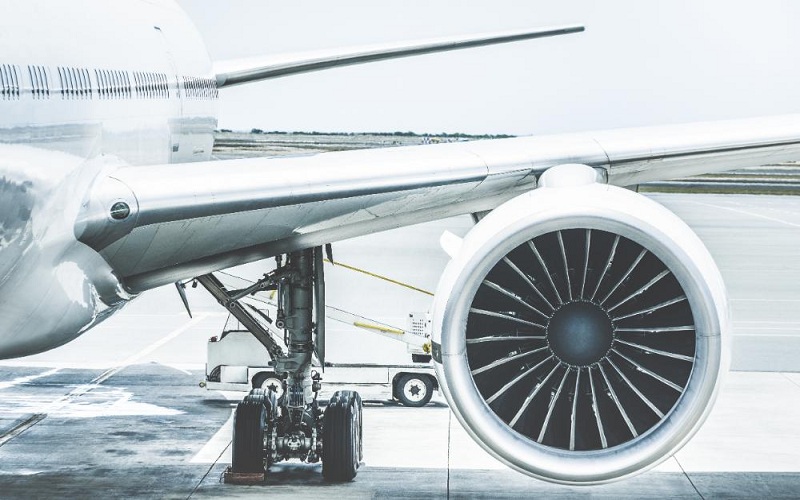
Breaking Boundaries: The Materials Engineering Behind Today’s Aircraft
For thousands of years, humans could only dream of slipping the surly bonds of Earth and taking to the skies. That changed just over a century ago as bicycle mechanics turned engineers – the Wright brothers – successfully flew the first powered airplane in 1903. Since then, innovations in materials science and engineering have been the invisible hand guiding aviation’s exponential evolution. Advanced materials make today’s aircraft ever safer, efficient, and accessible.
Early Flights: Fragile and Fearless
Those early Wright flyer test flights were perilous, with only wings of wood and fabric protecting daring pilots. Frequent crashes were expected as pioneers balanced risk-taking with trial-and-error problem solving. Within decades, fledgling aerospace companies began using lightweight aluminum alloys to construct stronger airframes able to carry a handful of intrepid passengers relatively safely, though travel was expensive, noisy, and unreliable.
The Jet Age Liftoff
By the 1950s, small, slow piston planes were failing to meet surging air travel demand. The introduction of commercial jet airliners using powerful turbofan engines was aviation’s next watershed shift. But these huge planes needed extreme material lightness combined with enough strength to withstand metal-stressing speeds, altitudes, and payloads.
Fortunately, new lightweight aluminum lithium alloys offered increased corrosion resistance, allowing durable pressurized cabins. Stronger titanium alloys replaced steel in critical jet engine compressor blades able to withstand intense heat. Nickel-based superalloys enabled high-temperature jet engine efficiency.
Pushing the Performance Envelope
Jetliner materials technology raced to keep pace as 1960s aviation matured. Planes grew progressively larger, faster, and more complex across roles from short-hop regional jets to 500-passenger mega-transports flying intercontinental routes. Materials engineers faced soaring demands for materials that balanced extreme lightness against tremendous strength, while also optimizing flexibility, heat resistance, and wear over thousands of flight hours.
Researchers began experimentally blending durable epoxy resins with carbon fiber strands and glass filaments to create composite structural panels. According to the experts at AerodineComposites.com, compared to metal, these aviation composites proved stronger by weight, resisting fatigue and corrosion. Composites manufacturing allowed for easy shaping of highly optimized light, stiff structures to precise forms. These superior attributes saw composites rapidly adopted for rudders, flaps, stabilizers, doors and even as primary fuselage and wing skins stressed under punishing loads.
Engineering Ingenuity Takes Flight
By the 1990s, composite utilization had expanded, with sandwich panels combining thick plastic foam cores between sheets of rigid composite skins. Applied as flight control surfaces, wings or fuselages, the air-trapped foam cushioning resists compression while the durable composite skins provide stiffness. This enables the construction of integrated structures too large, too complex, or too costly to be machined from metal.
Trimming structural excess weight directly translates to better fuel efficiency, less pollution, and cheaper operation. That’s why composites and advanced aluminum alloys constitute 50% by material weight in the latest generation Boeing and Airbus wide-body jetliners. Extensive computer aided engineering simulation guides optimal application. The Boeing 787 Dreamliner flies long distances with exceptional fuel savings thanks to half its frame, including wings and fuselage, fabricated from super-light composites.
Engineering for the Future
With aerospace applications advancing rapidly, there seems to be no limit to future technical ingenuity. Ceramic matrix composites that remain robust at scorching temperatures may soon enable hypersonic passenger planes to crisscross the globe in just hours. Durable, lightweight shape memory alloys and active polymers could self-adjust wing contours in real time for optimum fuel-efficient flight.
Conclusion
From bicycle mechanics tinkering in backyard woodsheds to globe-crossing behemoths built of secret formulas by vast engineering teams, materials science has proven the silent difference maker behind a century of incredible aviation advancement. One can only imagine what the next hundred years hold for intrepid explorers using materials not yet even conceived.




